3 Inbound Methodology Strategies for Engaged Leads

3 Inbound Methodology Strategies for Engaged Leads
Companies invest in inbound methodologies to make their marketing and lead generation pipelines stronger. Discover how you can work smart by funneling leads using inbound strategies.
Decades ago, the main methods for raising awareness of your brand and growing your potential customer base all fell under the umbrella of outbound marketing.
Whether erecting a billboard, purchasing an ad spot on a radio station, or taking out space in a newspaper, your marketing efforts were designed to showcase your business in front of the most possible people in the hopes that someone would be interested in your offerings.
With the advent of digital marketing, companies can now adopt inbound marketing methodologies. By tailoring its online presence to organically attract potential clients, a business can more efficiently provide its sales team with a supply of leads that are already interested in the prospect of doing business with you.
Understanding inbound marketing strategies is key for enabling your business to succeed in today’s digital B2B environment.
Looking for help with your inbound methodology? Contact expert lead generation companies on The Manifest.
What is an Inbound Lead?
To understand inbound marketing, you and your team must first understand the characteristics of an inbound lead.
An inbound lead is a sales lead that initiates contact with you and your team via your digital marketing channels. By doing so, they’ve demonstrated an inherent interest in your company’s offerings that makes them more likely to buy from you.
By setting up and actively maintaining digital channels such as a website and social media pages, your business will be able to receive inbound leads. However, to truly harness the power of inbound leads, you’ll want to separate out the qualified leads among your inbound leads.
What is a Qualified Lead?
Qualified leads are high-quality leads that have contacted you and, based on an internal set of criteria, are likely to become customers. Because inbound leads have all contacted you, they can all be a part of your lead qualification process.
When qualifying your leads, inbound marketers should consider the characteristics of your target audience. Factors such as company size, industry, and geographic region may be helpful in determining which potential customers are most viable.
How to Turn Qualified Leads into Inbound Sales
You can take your lead qualification efforts even further using a marketing method known as lead scoring. In doing so, you’ll be using the same criteria you used to determine which inbound leads were qualified leads to rank them in order of importance. Then your sales team will contact the most important qualified leads first.
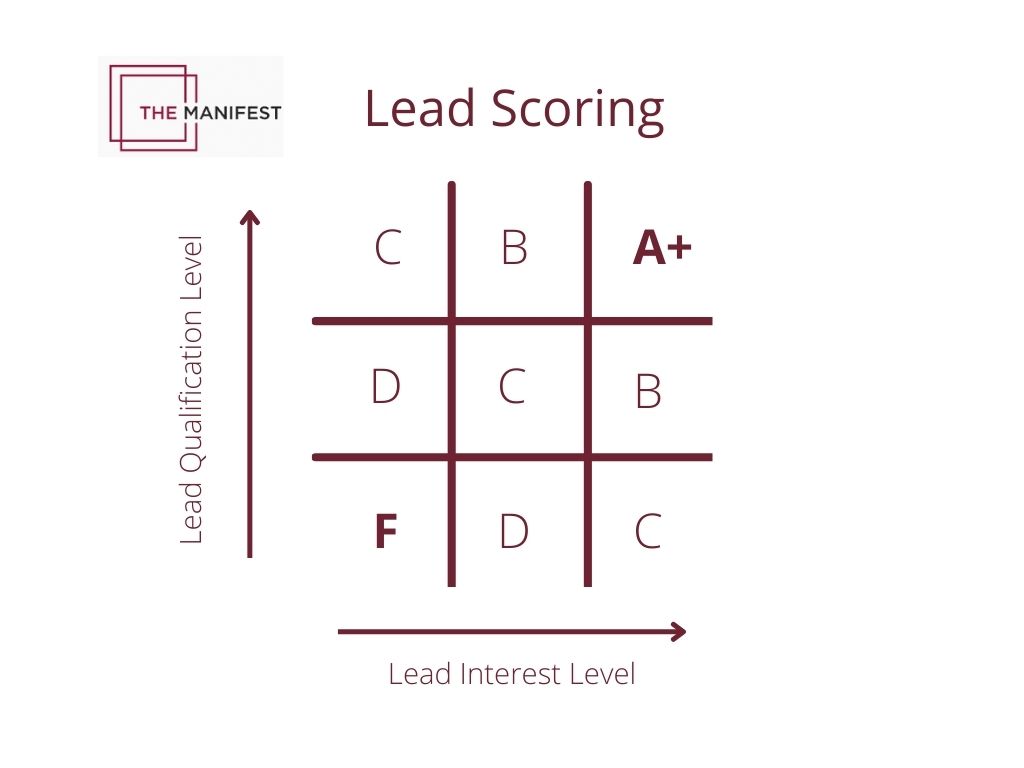
Having a steady stream of inbound leads in your sales funnel can help your business effectively find new customers and generate inbound sales.
What is Inbound Marketing?
Inbound leads are a key part of inbound marketing, which refers to the practices surrounding capturing and converting inbound leads into inbound sales.
This type of marketing requires you and your team to generate and publish valuable content through your digital marketing channels to organically attract potential clients to your website. Once there, these parties should have a method to provide you with their contact information. At that point, they become inbound leads.
What is Outbound Marketing?
By contrast, outbound marketing is defined as the practice of presenting your business to those who haven’t directly expressed any interest in the hopes of bringing them in as customers. Outbound marketing tactics include traditional ad campaigns and cold calls.
Choosing Between Inbound Marketing vs Outbound Marketing
While inbound marketing and outbound marketing endeavors are necessary for any successful business, it’s shown that inbound methodologies are most cost-effective.
Inbound lead generation has been found to cost 61% less than outbound lead generation. To harness this efficiency, though, you’ll need to understand and embrace digital marketing techniques and principles.
How Does Inbound Marketing Work?
A great way to understand inbound marketing is through the lens of the inbound marketing methodology. This framework illustrates how to best grow your business through the meaningful, lasting relationships established by your marketing and sales teams.
The three components of the inbound methodology are listed below:
- Attract: Use relevant content to inform potential customers of your company’s offerings and establish ethos for your brand
- Engage: Provide customers with solutions that are specifically tailored to their pain points and business objectives
- Delight: Deliver an overwhelmingly positive customer experience so that your delighted customers will remember their experience as a positive one
It’s important for you and your team to remember that each of these stages should flow seamlessly to the next one.
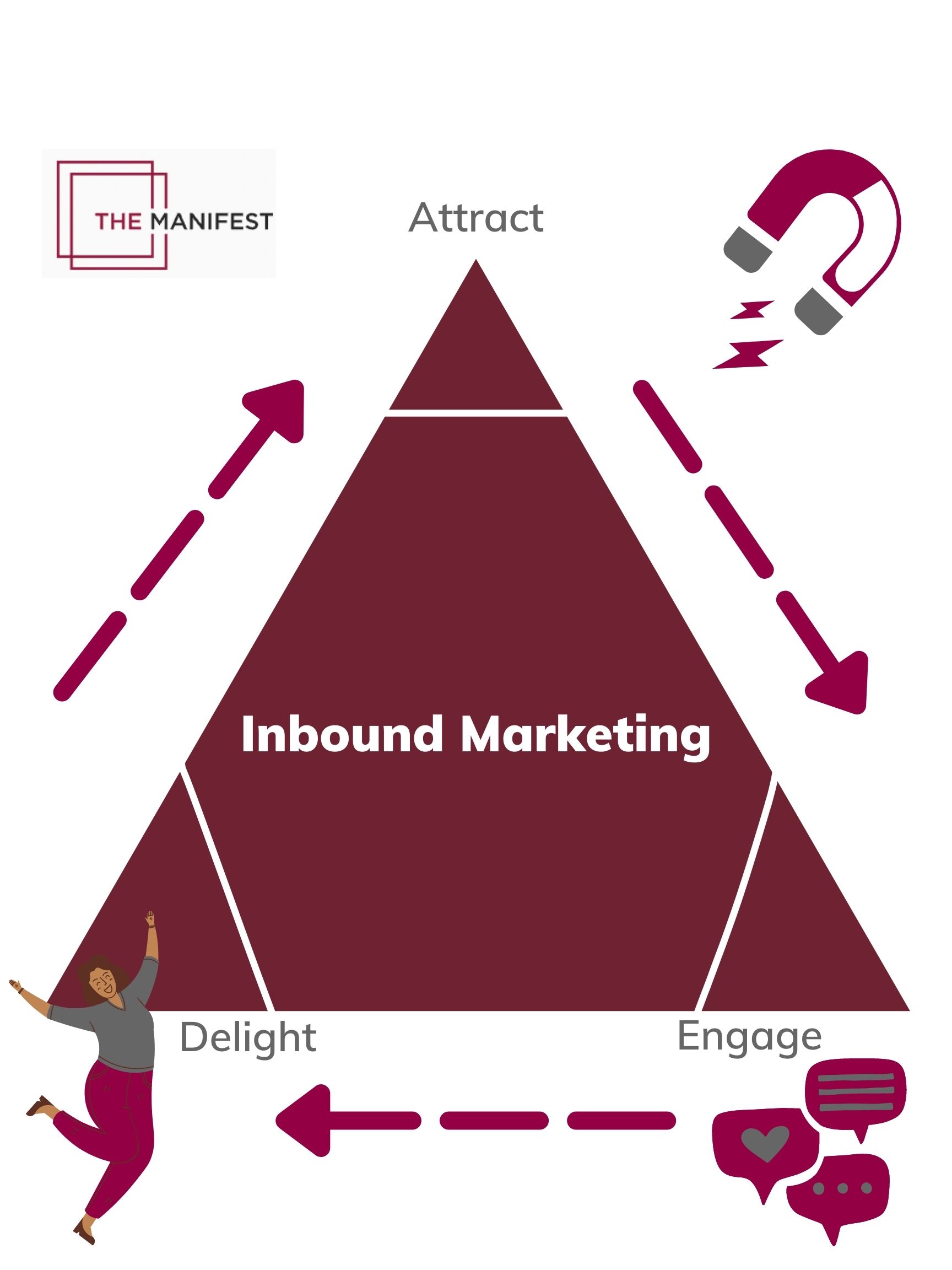
If they progress between the stages as intended, potential customers will go from strangers with no knowledge of your business to promoters who remember your business fondly and will help generate new business for you via referrals and future work.
Because of its fluidity, the inbound methodology is often depicted in the form of the flywheel. This graphic shows the attract stage, engage stage, and delight stage of the methodology as interconnected parts of a circle.
As the inbound marketing methodology shows, inbound marketing can be a game-changer for your business. Still, it requires your company to maintain a strong digital infrastructure as well as engaged marketing and sales teams.
3 Inbound Methodology Approaches for Engagement
After reviewing the above information about inbound marketing methodologies, you may be unsure about how to adopt these strategies in your own business’ operations. However, by embracing the following three approaches, you can easily do so:
- Keep buyer journey at the core of your inbound marketing strategy
- Incorporate SEO best practices throughout your company’s online presence
- Embrace social media and email marketing as a relationship-building tools
Read on for an in-depth overview of each strategy that will provide insight on how to harness the effectiveness of inbound marketing.
1. Keep the Buyer Journey at the Core of Inbound Marketing Methodology
As stated earlier, inbound marketing requires your online presence to organically attract potential customers.
All marketing tools held equal, you will need to have a strong grasp on the opportunities and risks facing your ideal customers.
How to Understand Prospects with Buyer and Audience Personas
You will need to work to understand the typical buyer’s journey of your clients and tailor your marketing practices to fit these journeys.
A great way to better understand the factors that influence the purchasing process of your customers is to create and analyze buyer personas and audience personas.
A buyer persona is a general representation of a certain customer group defined based on your team’s research. For B2B companies, in particular, you’ll want to build personas to resemble the types of businesses your sales and marketing efforts are mainly focused on.
By creating these profiles, inbound marketers should derive takeaways that can improve inbound marketing methodology as well as the overall sales process.
It’s important to note that buyer demographics aren’t the most effective way to handle inbound marketing. Very different people (with different problems and challenges) can look the same on paper due to demographic information. Take Prince Charles and Ozzy Osbourne, for instance.
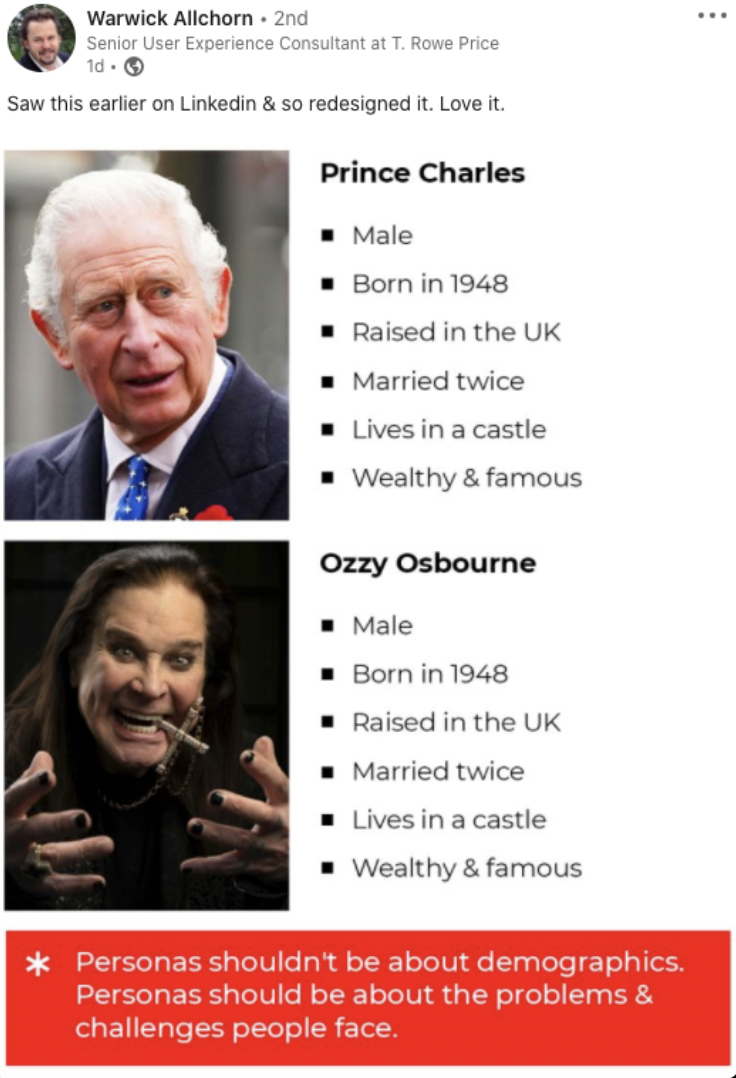
Source: Twitter
When taking the time to create buyer personas for your target client groups, your marketing team should be most focused on finding audience priorities and challenges. Then, that research can be expanded to include marketing channel effectiveness, and company demographic information to fully shape inbound marketing efforts.
For instance, if a certain customer group has found your company’s website via LinkedIn at a greater rate than others, you’ll want to tailor the LinkedIn portion of your social media marketing strategy to best capture the interest of this customer group.
Keeping Buyer Journey Relevant Across Teams
Remember: inbound methodology is fluid and cross-functional. This means you should understand how the buyer’s journey will help your sales team. With more effective inbound marketing strategies in place, your sales staff will have more information that to adjust pitches and tactics to better meet audience desires.
By creating detailed personas for your target client groups and focusing on the buyer’s journey, you’ll bolster your inbound marketing pipeline while improving customer experience.
2. Incorporate SEO in Your Online Presence
Through SEO, your company can target Internet users searching for certain words or phrases and attract them to your website more effectively than your competitors.
What is SEO?
SEO, or search engine optimization, refers to any strategies employed to better the appearance and standing of a website in Internet search results.
The cornerstone of many SEO strategies is content marketing, which involves creating and sharing written, audio, or video content as a means of driving traffic to your website.
Why Does Quality Content Matter?
While content creation can be difficult, it’s key to driving targeted traffic to your site.
By creating articles designed to rank highly on search engine results pages (SERPs) for certain keywords, you’ll be able to actively funnel inbound leads into your marketing pipeline.
When creating content for your site, you and your team should be sure to focus on creating quality content rather than just a high quantity of content.
Not only do search engines like Google look to penalize the standing of poor pages, but quality content also improves your reputation with potential customers.
How Content Attracts Leads
Ensuring that your content offers value to your target audience has been proven to be effective in pushing leads into sales funnels.
In fact, 95% of customers in the B2B space say that they use a company’s content to gauge how much they should trust that company. You’ll want any articles or multimedia content you distribute to demonstrate thought leadership and authority within key topic areas.
To maximize the effectiveness of your inbound marketing methodology, you’ll also want to optimize your website’s landing pages as a part of your SEO strategy.
While these pages can certainly rank on SERPs, part of your optimization strategy should involve making them as user-friendly as possible. You don’t want your content marketing efforts to be hindered by users who get too frustrated with your site to provide contact information.
By committing to an SEO strategy that promotes helpful content and works toward the goal of guiding inbound leads into your sales funnel, you can supercharge your inbound marketing efforts.
3. Embrace Social Media and Email Marketing
Two types of marketing disciplines that can further your inbound marketing goals are social media marketing and email marketing. Promoting best practices among your team in both of these channels should be core to your inbound methodology.
Both social media and email allow your business to connect directly with clients in a manner that other marketing channels do not. In allowing this sort of connection, these channels afford your marketing team the opportunity to create a personalized customer experience.
How Social Media Marketing Builds Relationships
Social media platforms offer a centralized digital location for your business to showcase its offerings to potential customers.
Here are just a few of the platforms businesses use to connect with their audience:
- TikTok
- Snapchat
- Tumblr
In addition to the vast social media landscape, many of these sites host rating platforms that allow previous customers to endorse and provide feedback on your business.
Due to these capabilities, a greater number of executives are incorporating social media into their supplier review process. In fact, 84% of CEOs and vice presidents were reported to have factored social media research into their purchasing decisions.
How to Maximize Social Media for Inbound Marketing
To ensure that decision-makers get the proper impression of your business from its social media presence, you and your team should craft a social strategy. In order to get the most out of social media for inbound purposes, be sure to try the following:
- Regularly post relevant content across social media platforms. Ideally, you should be posting articles that are part of your content marketing efforts.
- Follow up with anyone who leaves a review on these sites to show that you’re invested in the customer experience. Address any concerns, thank them for their business, and invite them to work with you again.
- Track social media statistics. This can help you make your online presence as effective as possible. Particularly for your inbound marketing methodology, your business’ net promoter score (NPS) is a crucial metric to understand, track, and learn from.
What is an NPS?
The NPS uses an 11-point rating scale to determine if previous customers are detractors (will speak out against your business), passives (won’t feel compelled to speak about your business), or promoters (will endorse your business).
From there, the percentage of promoters minus the percentage of detractors gives you your NPS.
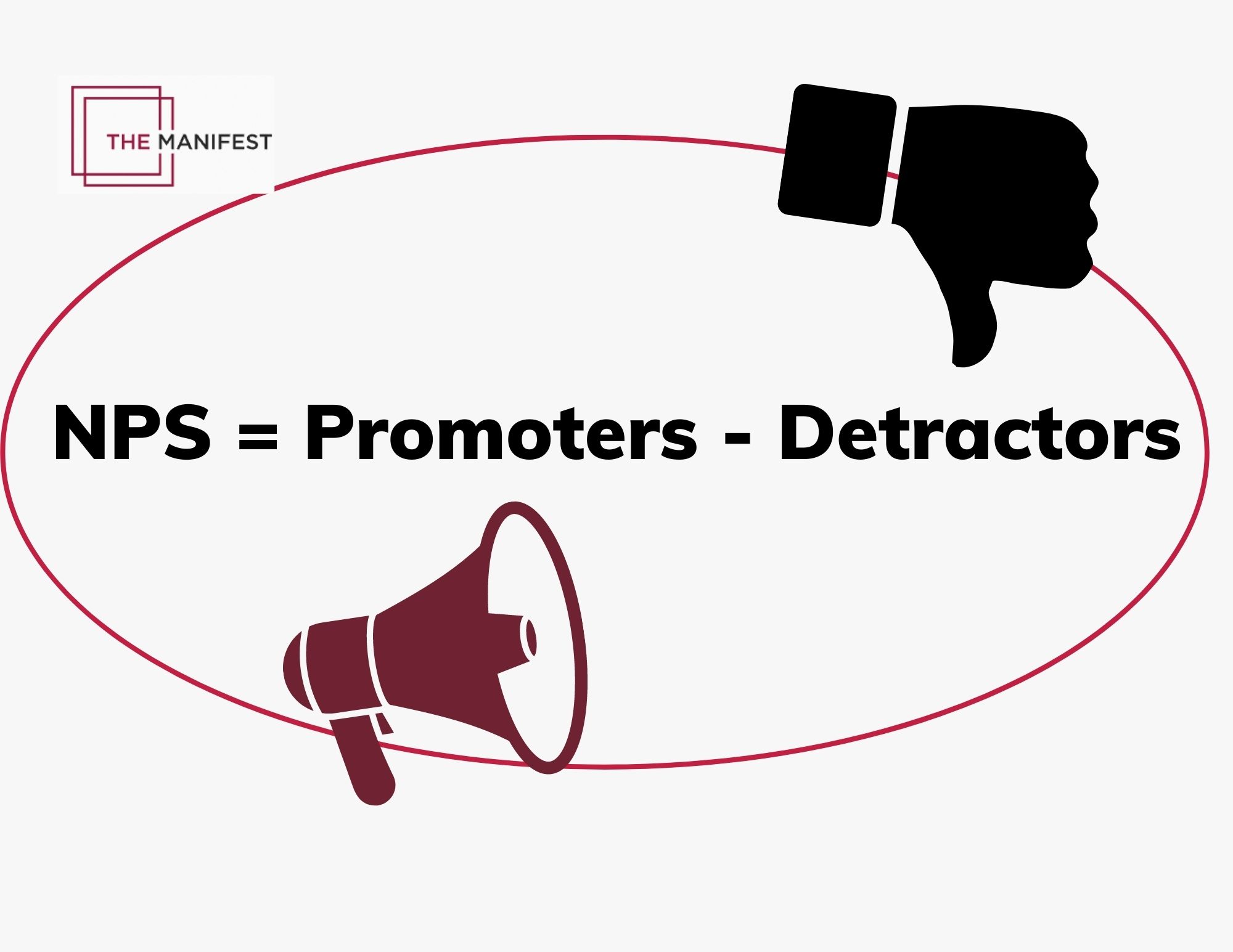
This metric shows how effectively you are delivering a positive customer experience. By tracking the trends of your NPS over time, you can ensure that there are no customer service lapses or underserved markets within your overall marketing strategy.
How Email Marketing Builds Relationships
Email is a preferred business communication channel, and as such should be considered in your inbound methodology.
Email marketing provides a great way for you and your team to add lead nurturing, the practice of building tangible relationships with your clients at every step of the buyer’s journey, to your arsenal.
You can provide detailed information about your offerings to prospective customers or garner referrals and new business with prior customers via successful email marketing campaigns.
Within your marketing emails, you’ll want to include a CTA, or call to action. By doing so, you’ll be directly stating what your business is asking in the email and ensure your request is not lost amid the slew of emails we all receive on a daily basis.
Why Invest in Email and Social Media Automation?
There are tons of social platforms to manage and businesses deal with hundreds of emails a day. Digital marketing automation can be a difference-maker in scaling an inbound marketing methodology.
A useful marketing tool for automation is customer relationship management (CRM) software, such as HubSpot.
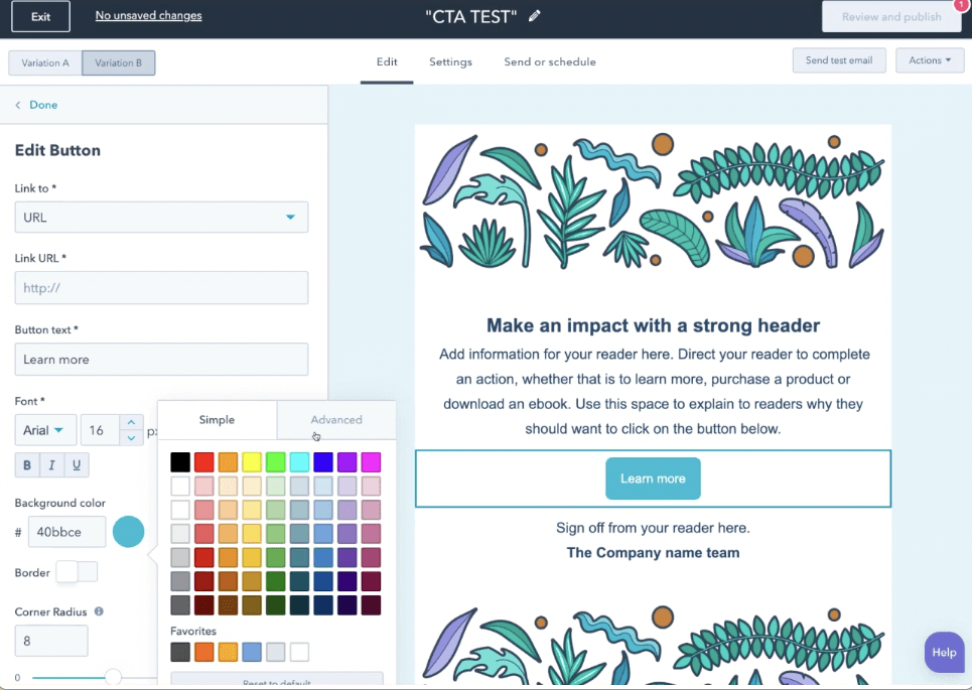
Source: HubSpot
This software allows your company to centralize its digital marketing efforts. Platforms like these can do the following and more:
- Track relevant statistics and trends
- Offer automated email marketing
- Automate social media posting
- Provide marketing email design tools
- Monitor leads
- Attribute conversions
By harnessing the power of email and social media marketing, you can ensure that your inbound marketing methodology is as sound as possible.
A Cohesive Inbound Methodology Grows Organic Sales
Inbound leads require fluid internal processes, as each step in the pipeline should complement all others.
Creating and refining buyer personas should help you and your team tailor your customer experience to the specificities of your customer groups’ buyer journeys.
A functioning SEO strategy is the backbone of your inbound marketing efforts, bringing organic traffic to your site and selling them on your capabilities.
Social media and email marketing allow your company to interact directly with clients and cultivate meaningful working relationships. Digital marketing automation maximizes your efficiency while limiting the strain on inbound marketers.
By ensuring cohesion between the pieces of your inbound marketing strategy, you will solidify a sound inbound methodology.
Effective inbound marketing takes a strong team. Find the ideal lead generation partner on The Manifest.
Additional Reading:
